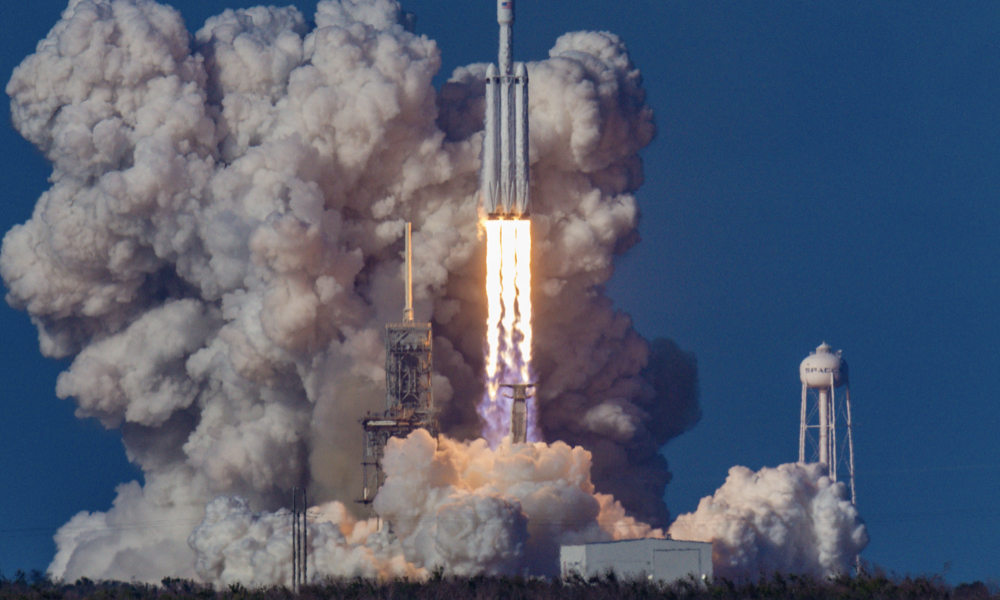
ESA Open Invitation To Tender AO8492
Open Date: 01/12/2015
Closing Date: 29/01/2016
Status: ISSUED
Reference Nr.: 15.123.08
Prog. Ref.: TRP
Budget Ref.: E/0901-01 – TRP
Special Prov.: BE+DK+FR+DE+IT+NL+ES+SE+CH+GB+IE+AT+NO+FI+PT+GR+LU+CZ+RO+PL+EE+HU
Tender Type: C
Price Range: 200-500 KEURO
Establishment: ESTEC
Directorate: Directorate of Technical & Quality Manag
Department: Mechanical Engineering Department
Division: Propulsion & Aerothermodynamics Division
Contract Officer: Pratesi, Giulia
Last Update Date: 01/12/2015
Update Reason: Tender issue
Design, assemble and test a Direct Drive Hall Effect Thruster System. In the framework of this activity, the Direct Drive System has to be fully characterized, pointing out its advantages, detecting any potential issue and evaluating its performance (for different operating regimes of the thruster, i.e. different mass flow rates and thus different power levels for a fixed value of the appliedvoltage, and for different configurations of the solar arrays). The idea for direct drive of Electric Propulsion systems has been around since at least 1970. The key motivation for the development of direct drive is the desire to significantly reduce the dry massof solar electric propulsion subsystems by eliminating or simplify the heavy and expensive power conditioning electronics between the solar array and the electric thrusters. After several studies performed both in US and Soviet Union between the years 1970-2000, in 2001 NASA started a program to develop a Direct Drive Hall Effect Thruster (D2HET) system. This program included understanding the behaviour of high-voltage solar arrays in the plasma environment produced by the Hall-thruster based propulsion subsystem, and direct-drive systems engineering. No direct-drive testing with an actual solar array was performed under this development activity. Thefirst direct-drive test was performed on a 1.3 kW Hall Effect thruster from the Keldysh Research Center, operated directly from a triple junction, linear concentrator solar array. The 8-to-1 stretched-lens concentrator solar array used in these tests was mounted outdoors and could produce up to 1.2 kW at 500 V under clear sky conditions. These tests successfully operated the T-100 thruster direct drive at up to 600 W and 550 V. In 2011 NASA made the decision to implement a National Direct-Drive Testbed to address the technical issues identified in previous direct-drive investigations. The National Direct-Drive Testbed was designed to perform direct-drive tests at power levels an order of magnitude greater than previous tests (300-kW). In Europe the development of high voltage solar array (e.g. concentrator solar array) has been initiated. The availability of high voltage arrays could make possible the concept of direct drive for European Hall Effect thrusters. This could lead to a consistent saving of mass, complexity and cost of the electric propulsion subsystem. Exploration missions that will have high power requirements are the best candidates to use this technology.
If you wish to access the documents related to the Invitation to Tender, you have to log in to the ESA Portal.
